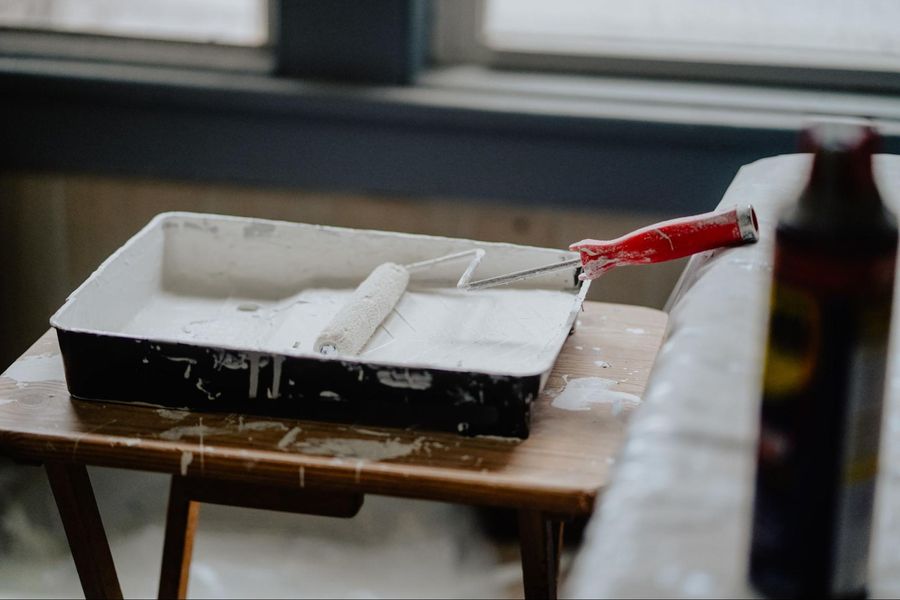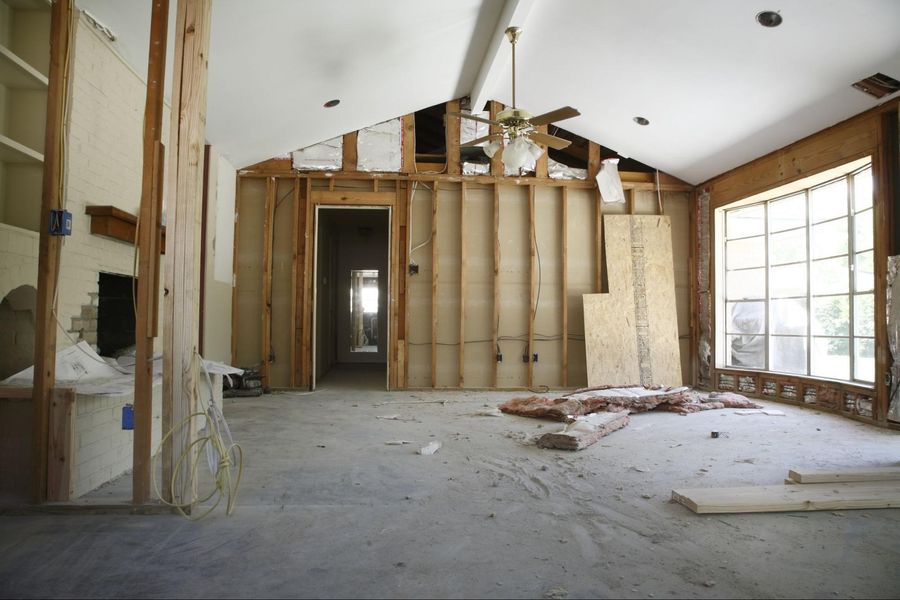Last Updated on October 24, 2023 by Neil Sharma
Home renovations in Canada increased by 47% last quarter compared to Q1-2020, according to non-bank consumer lender Simply Group, with a substantial amount funded by home equity lines of credit (HELOC).
“We’ve seen an almost 50% increase in home renovation projects during COVID,” said Lawrence Krimker, CEO of Simply Group and owner of SNAP Financial. “Property values have been increasing in the single-family detached segment and a lot of that is being driven by people looking for more space while working from home. As prices have been going up, people have more equity in their homes. There’s been a big increase in demand for HELOC products; customers have been pulling out equity if they’re not wanting to sell their homes.”
Canada’s housing market has been white-hot during the COVID-19 pandemic—there were a record number of new listings in March—and home renovation projects are often a way to augment the value of a home before it hits the market. Others, , have decided to stay put and give their homes cosmetic upgrades.
“Certain people are looking to downsize and they’re making that decision sooner to capitalize on their increase in home equity,” said Krimker. “People are moving up north outside of city centres. Selling their homes, that triggers home renovation projects.”
Simply Group found that , like kitchen and bathroom renovations, as well as smaller projects involving windows, doors and flooring, rose substantially in the last year, which Krimker attributes to people, by virtue of spending more time in their homes, noticing imperfections.
“The non-essential stuff has been kicked into high gear and that’s because of the fact that people are at home and have more disposable income to go around, so they’re identifying issues in their homes that they may not have noticed before,” he said.
Simply Group noted there was a 30% year-over-year spike in Q1-2021 of generic consumer loans for the purpose of financing home renovations, which could be explained by rising material costs as a consequence of COVID-19 disrupting supply chains.
According to Charles Newton, owner of SmoothBrush Painters, there has been no shortage of work during the pandemic, however, he has had to diligently plan ahead, sometimes by weeks, to secure certain materials.
“Most paint stores are sold out of primer because of a work stoppage in Texas, so it’s harder to get primer and drywall mud,” said Newton, adding that most of the homes he’s painted in the last year were slated to hit the market. “As a painter, it’s only affected my pricing a little bit, but anything involving wood has become very expensive
“I often have to drive to different locations, upwards of five stores sometimes, to find material. I recently drove all the way from Toronto to Waterdown. A $60 pale is almost double in price and you have to wait a week, so if you don’t buy stuff like primer in advance and keep stock for yourself, you’re in trouble.”
Neil Sharma is the Editor-In-Chief of Canadian Real Estate Wealth and Real Estate Professional. As a journalist, he has covered Canada’s housing market for the Toronto Star, Toronto Sun, National Post, and other publications, specializing in everything from market trends to mortgage and investment advice. He can be reached at neil@crewmedia.ca.









